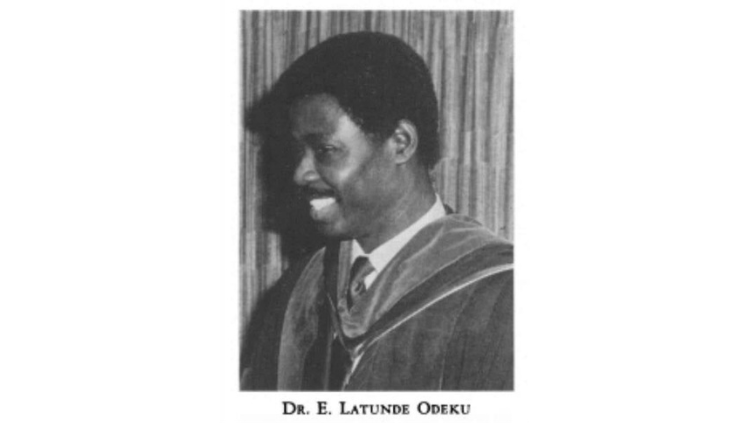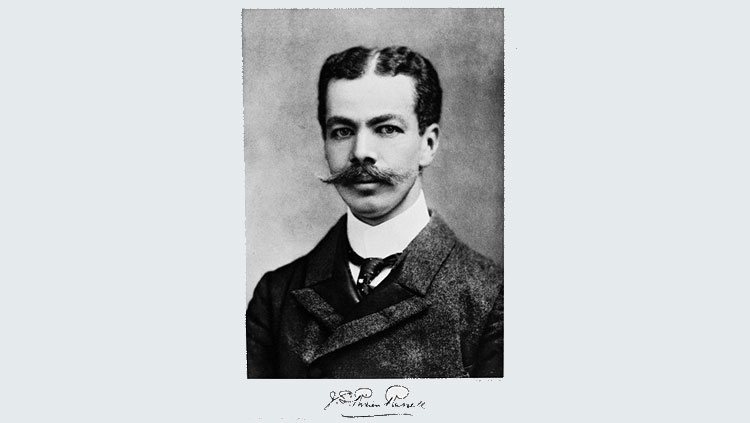Jennifer Morgan: Finding Inspiration in Unexpected Places
- Published29 Jan 2014
- Reviewed29 Jan 2014
- Author Michael W. Richardson
- Source BrainFacts/SfN

Jennifer Morgan was in college, washing lab dishes for some extra cash, when she discovered a passion for neuroscience that would forever shape her career. Almost 20 years later, Morgan is an associate scientist at the Marine Biological Laboratory at Woods Hole, Mass., where she studies how spinal cord injury impairs the ability of nerve cells to communicate with one another.
By learning more about how these cells work to restore communication after a spinal cord injury, Morgan hopes to identify new ways to rehabilitate people with spinal cord damage. In 2011, Morgan was awarded the Society for Neuroscience’s Janett Rosenberg Trubatch Career Development Award, given to young scientists who show exceptional creativity in their research.
What first interested you in science?
I was naturally drawn to science classes growing up, and I really got into my science projects. My dad was a great facilitator of my science efforts early on. Even though he is not a scientist himself, he thinks like a scientist so we’d spend time in the woods together, looking for plants and identifying flowers and leaves. He was really active in helping me to get my early science projects off the ground.
I didn’t really know that I was interested in doing science as a potential career until I was in college. My sophomore year, I took a job as a lab assistant, where I spent most of my time washing dishes. I wasn’t really doing science. But I listened to what the graduate students in the lab were talking about and I attended lab meetings. As I did, I became increasingly more interested in science as a career, particularly neuroscience.
What were the people in your lab saying that piqued your interest in neuroscience?
The same kinds of ideas that cause many of us to get into neuroscience. The brain is this really complex black box, and it drives everything we do. The more I learned about neuroscience, the more I wanted to understand the nuts and bolts of what underlies all complex behavior. Once I started doing my own experiments, I was hooked.
Can you explain your current research?
My lab is interested in understanding how nerve cells communicate with one another and how these cells work to restore communication after a spinal cord injury.
How does a spinal cord injury impair communication between neurons?
There’s so much going on when there’s an injury to the nervous system. Injury causes damage and death to nerve cells, and can cause degeneration of some of the connections that these cells normally use to communicate.
Our lab is currently working to uncover the mechanisms of spinal cord injury and repair, with an emphasis on how to get the neurons to grow back together and connect in meaningful ways. We want to figure out how to keep injured neurons alive and to regrow the connections they once used to communicate. If we are able to encourage the injured cells to regrow, the next challenge for us will be to make sure they form the right connections; otherwise, you will end up with a neuronal circuit that doesn’t work properly.
How do you study spinal cord injury in the lab?
We use a whole assortment of techniques, ranging from molecular biology to behavioral analysis. The animal model we focus on in our lab is the sea lamprey, a vertebrate that looks like an eel and swims back and forth like a fish. Lampreys are a remarkable model for spinal cord injury and regeneration because they are able to recover from a completely severed spinal cord within 10 to 12 weeks after the injury. This is a remarkable capacity for regeneration for a vertebrate.
By focusing on the lamprey, we’re getting clues about the rules for successful regeneration of the central nervous system. Not only do lampreys recover quickly, but the connections between neurons regenerate, so we have a system that allows us to explore how these cells reconnect. There are similar cells at work in the lamprey spinal cord to those found in people, so it’s a nice model in which to focus on some of the cellular and molecular aspects of regeneration.
What are the practical applications of your research?
We’ve already started to identify some processes that go awry after spinal cord injury in the lamprey. It would be ideal if we could use this model to track down the molecular pathways that are perturbed when injury takes place and identify drugs that are able to improve neuronal survival and recovery. However, before we can move to a clinical model, we need to first see if the rules that apply in lampreys apply in mammals.
CONTENT PROVIDED BY
BrainFacts/SfN
Also In Meet the Researcher
Trending
Popular articles on BrainFacts.org


















